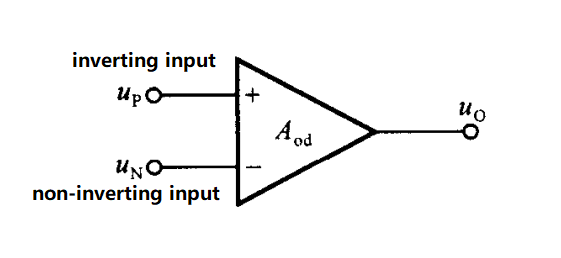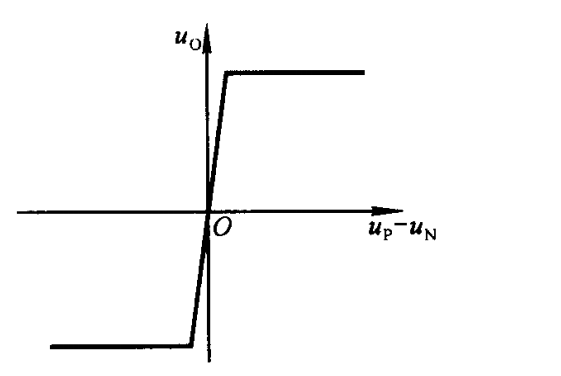In electronics, an amplifier is a device that increases the power of a signal. It does this by taking in a weak input signal and producing a stronger output signal. Amplifiers are commonly used in audio systems, radios, television sets, and many other electronic devices to increase the strength of signals so that they can be transmitted or processed more effectively. There are many different types of amplifiers, including those that operate on analog signals, digital signals, or a combination of both.

1.How are Amplifiers Classified?
Amplifiers can be classified in various ways based on different criteria such as the type of input signal, type of output signal, frequency range, and the application area. Here is a classification of amplifiers based on the amplification mechanism:
- Voltage Amplifiers: These amplifiers are designed to amplify the input voltage signal. The output signal is a voltage that is proportional to the input voltage but with a higher amplitude. Examples include operational amplifiers and audio amplifiers.
- Current Amplifiers: These amplifiers amplify the input current signal to produce an output current that is proportional to the input current but with a higher magnitude.
- Power Amplifiers: These amplifiers are designed to amplify the power of the input signal. They typically operate at high voltage and high current levels to drive a load such as a speaker or motor. Examples include audio power amplifiers and RF power amplifiers.
- Transconductance Amplifiers: These amplifiers amplify the input voltage to produce an output current that is proportional to the input voltage.
- Transresistance Amplifiers: These amplifiers amplify the input current to produce an output voltage that is proportional to the input current.
- Feedback Amplifiers: These amplifiers use feedback to control the amplification process and improve stability and linearity.
2.What is an Operational Amplifier ?
An operational amplifier (OPAMP) is an electronic component that amplifies the difference between two input voltages and produces an output voltage that is proportional to the difference. It is a highly versatile device used in a wide variety of electronic circuits for amplification, filtering, signal conditioning, oscillation, and many other applications.
OPAMPs have a high gain, which means that they can amplify small input signals to a much larger output signal. They also have a very high input impedance and a very low output impedance, which makes them useful for interfacing between different electronic circuits.
OPAMPs are usually represented by a triangle with two inputs and one output. The inputs are labeled as the non-inverting input (+) and the inverting input (-), and the output is represented by a single line. They are available in many different packages, including single, dual, and quad, and can be used in a wide range of electronic circuits, such as audio amplifiers, filters, oscillators, and voltage regulators.
An operational amplifier has an inverting input and a non-inverting input, as shown in the figure below:

The output voltage uo refers to the voltage signal generated at the output terminal of an operational amplifier:
uo = f(up – un)
The operational amplifier ultimately amplifies the differential mode signal. In the absence of feedback, the voltage amplification factor is the differential mode open-loop gain, denoted as: Aod. Therefore, when the operational amplifier works in the linear region, it satisfies:
uo = Aod (up – un)

When working in the linear region, the slope of the curve is the voltage amplification factor.
When working in the nonlinear region, i.e., when in a saturated state, the output voltage is: -Uom and Uom
3.What is Virtual Short ? What is Virtual Break ?
3.1 Virtual Short
The open-loop gain of an integrated operational amplifier (Op-Amp) is very large, typically in the range of 80 dB or higher for general-purpose Op-Amps. However, the output voltage of an Op-Amp is limited, usually in the range of 10V to 14V ( Uom). Since the differential input voltage of an Op-Amp is typically less than 1 mV, the two input terminals can be approximated as being at the same potential, which is equivalent to a short circuit. The larger the open-loop voltage gain of the Op-Amp, the more the two input terminals are close to being at the same potential. This characteristic is called virtual short.
Virtual Short refers to a characteristic of operational amplifiers (Op-Amps) where the input terminals are considered to be at the same potential when the potential difference between them is small enough. This characteristic allows the two input terminals to be treated as being short-circuited, or “virtual shorted”.
The virtual short characteristic is useful because it results in a very small differential input voltage for the Op-Amp, which allows the input terminals to be effectively treated as being at the same potential. This simplifies the analysis of Op-Amp circuits and is often used in circuit design and analysis.
3.2 Virtual Break
An integrated operational amplifier (Op-Amp) has the characteristic of high input impedance, and the input resistance of the inverting and non-inverting inputs are typically above 1MΩ. Therefore, the current flowing into the Op-Amp from the input is often less than 1uA, which is much smaller than the current from the input external circuit. Thus, the two input terminals of the Op-Amp can usually be regarded as open circuits, and the larger the input resistance of the Op-Amp, the more the inverting and non-inverting input terminals approach open circuits. When the Op-Amp is in a linear state, these characteristics allow the two input terminals to be considered as equivalent open circuits, which is called virtual break.
Virtual Break refers to a characteristic of operational amplifiers (Op-Amps) where, when the Op-Amp is operating in a linear state, the two input terminals are considered to be open-circuited or “virtual broken”.
This is because the input impedance of the Op-Amp is very high, which causes the potential difference between the two input terminals to be very small. This small potential difference means that the two input terminals can be effectively treated as being open-circuited, or “virtual broken”.
The virtual break characteristic is useful in simplifying the analysis of Op-Amp circuits because it allows the input terminals to be treated as though they are not connected to the external circuit. This simplifies the analysis of the circuit, making it easier to design and analyze.
3.3 What is the Difference Between Virtual Short and Virtual Break ?
Here is a table summarizing the key differences between Virtual Short and Virtual Break in operational amplifiers:
| Virtual Short | Virtual Break |
|---|---|
| Input terminals are treated as being at the same potential | Input terminals are treated as being open-circuited |
| Occurs when the potential difference between input terminals is small | Occurs when the Op-Amp is operating in a linear state |
| Simplifies analysis by reducing differential input voltage | Simplifies analysis by treating input terminals as though they are not connected to the external circuit |
| Used to simplify circuit design and analysis | Used to simplify circuit analysis and reduce errors |
In summary, Virtual Short and Virtual Break are both characteristics of Op-Amps that simplify circuit analysis by allowing input terminals to be treated as though they are at the same potential or not connected to the external circuit. Virtual Short occurs when the potential difference between input terminals is small, while Virtual Break occurs when the Op-Amp is operating in a linear state.